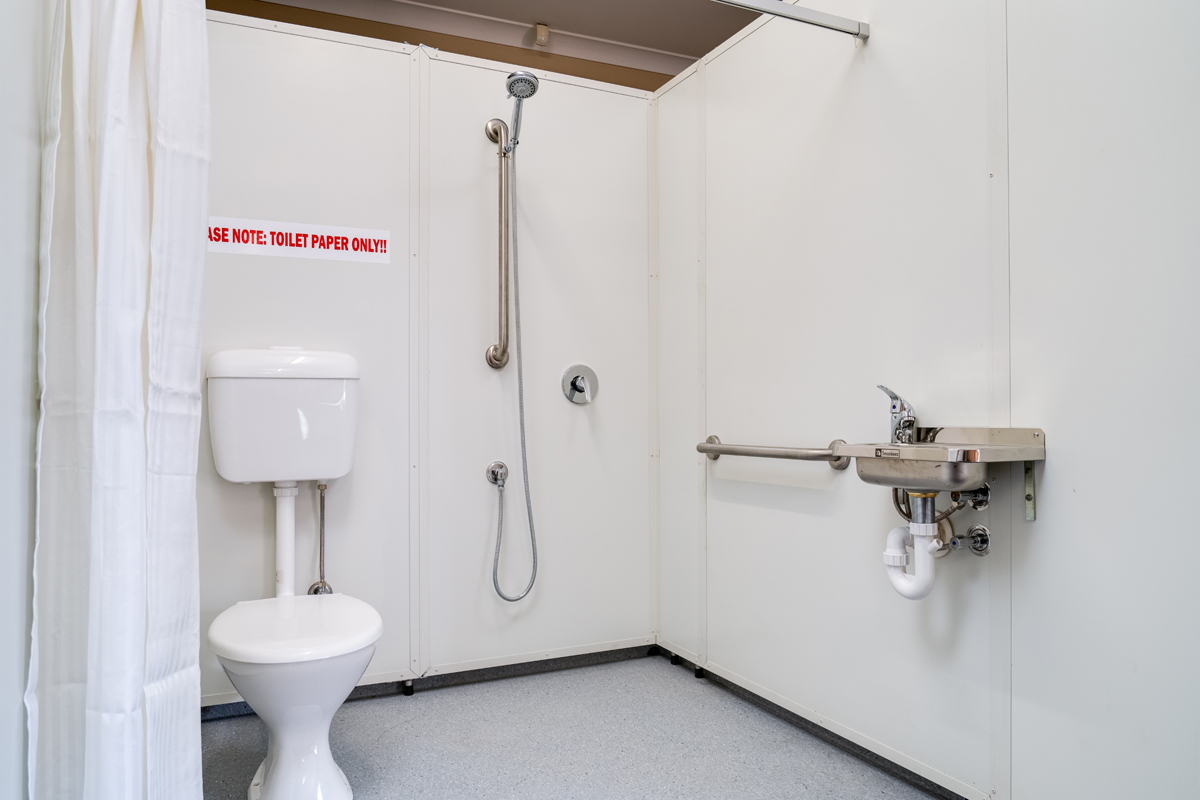Australian Standards and Regulations: Disabled Bathroom Design Australia

Australian Standards and regulations play a crucial role in ensuring accessible bathroom design for people with disabilities. These standards are designed to promote inclusivity and create environments that are safe, comfortable, and usable for everyone.
Relevant Standards and Regulations
The primary Australian Standard that governs accessible bathroom design is AS 1428.1:2009 – Design for Access and Mobility – General Requirements. This standard provides comprehensive guidelines for the design and construction of accessible buildings, including bathrooms. Other relevant regulations include:
- Building Code of Australia (BCA): The BCA incorporates the requirements of AS 1428.1 and sets out minimum accessibility standards for all new and renovated buildings.
- Disability Discrimination Act 1992 (DDA): This act prohibits discrimination against people with disabilities and includes provisions relating to access to buildings and facilities, including bathrooms.
Key Requirements and Guidelines, Disabled bathroom design australia
AS 1428.1 Artikels a range of key requirements and guidelines for accessible bathroom design, focusing on:
- Clear Floor Space: Adequate clear floor space is essential for maneuvering wheelchairs and other mobility aids. This includes sufficient space around toilets, showers, and basins.
- Accessible Fittings: Fittings such as toilets, basins, and showers must be designed to be easily accessible and usable by people with disabilities. This includes adjustable heights, grab rails, and lever-operated taps.
- Doorways and Access Routes: Doors must be wide enough to accommodate wheelchairs and other mobility aids. Access routes to and within bathrooms must be free of obstacles and have appropriate gradients.
- Lighting and Signage: Adequate lighting is crucial for safe and comfortable use of the bathroom. Clear and legible signage should be provided to indicate the location and function of various elements within the bathroom.
Comparison with International Best Practices
Australian standards for accessible bathroom design are generally aligned with international best practices. However, there may be minor differences in specific requirements or guidelines. For example, the International Building Code (IBC) in the United States has a similar focus on accessibility but may have different specifications for certain elements.
Role of Compliance and Enforcement
Compliance with Australian Standards and regulations is crucial for ensuring accessibility in bathroom design. Building codes and regulations are enforced by local councils and building surveyors. Penalties may apply for non-compliance, including fines and requirements for modifications to existing buildings.
Essential Features of Accessible Bathroom Design

Creating accessible bathrooms is crucial for ensuring everyone, regardless of their abilities, can enjoy a safe, comfortable, and dignified experience. This section will delve into the essential features that contribute to an inclusive and functional bathroom design, adhering to Australian Standards and Regulations.
Essential Features for Accessible Bathrooms
A well-designed accessible bathroom should incorporate various features to cater to diverse needs and promote independence. Here is a table outlining key features, their descriptions, benefits, and examples:
| Feature | Description | Benefits | Example |
|---|---|---|---|
| Clear Floor Space | A minimum of 1.5m x 1.5m of clear floor space is required for wheelchair access, allowing for maneuvering and turning. | Provides ample space for wheelchair users to navigate comfortably and safely. | A spacious bathroom with no obstructions or furniture blocking the path. |
| Grab Rails | Strategically placed grab rails provide support and stability for users who may need assistance getting in and out of the shower, toilet, or bathtub. | Enhances safety by preventing falls and promoting independence. | Grab rails installed near the toilet, shower, and bathtub, at a height suitable for various users. |
| Accessible Toilet | A toilet with a raised seat height (450-500mm) and grab rails on both sides provides easier access and support for users with mobility limitations. | Promotes comfort and dignity by allowing for easier transfer from a wheelchair to the toilet. | A toilet with a raised seat height and grab rails installed at a height suitable for users with different heights. |
| Accessible Shower | A roll-in shower with a level floor and a seat provides safe and easy access for wheelchair users. | Eliminates the need to step over a threshold, promoting independence and reducing the risk of falls. | A shower with a level entry, a seat for resting, and grab rails for support. |
| Accessible Sink | A sink with a lower height and a clear space beneath it allows wheelchair users to comfortably access the sink. | Enhances independence and allows for easy use without the need for assistance. | A sink with a lower height and a clear space beneath it, allowing for wheelchair access. |
| Accessible Mirror | A mirror positioned at a lower height, or adjustable, allows users in wheelchairs or with limited mobility to see themselves comfortably. | Promotes dignity and independence by ensuring users can see themselves clearly. | A mirror installed at a lower height or adjustable, allowing for easy viewing. |
Disabled bathroom design australia – Designing a disabled bathroom in Australia requires careful consideration of accessibility features, but it’s also important to think about the practicality of the space. For example, if you’re planning on painting the bathroom, it’s essential to know when can you shower after painting bathroom to avoid damaging the fresh paint.
This ensures the bathroom remains functional and safe for all users, especially those with mobility challenges.
Designing a disabled bathroom in Australia requires careful consideration of accessibility features and materials. Moisture resistance is crucial, and one common problem in bathrooms is paint peeling off drywall , which can be caused by condensation or leaks. To prevent this, choosing waterproof paints and ensuring proper ventilation are essential aspects of a well-designed and functional disabled bathroom.